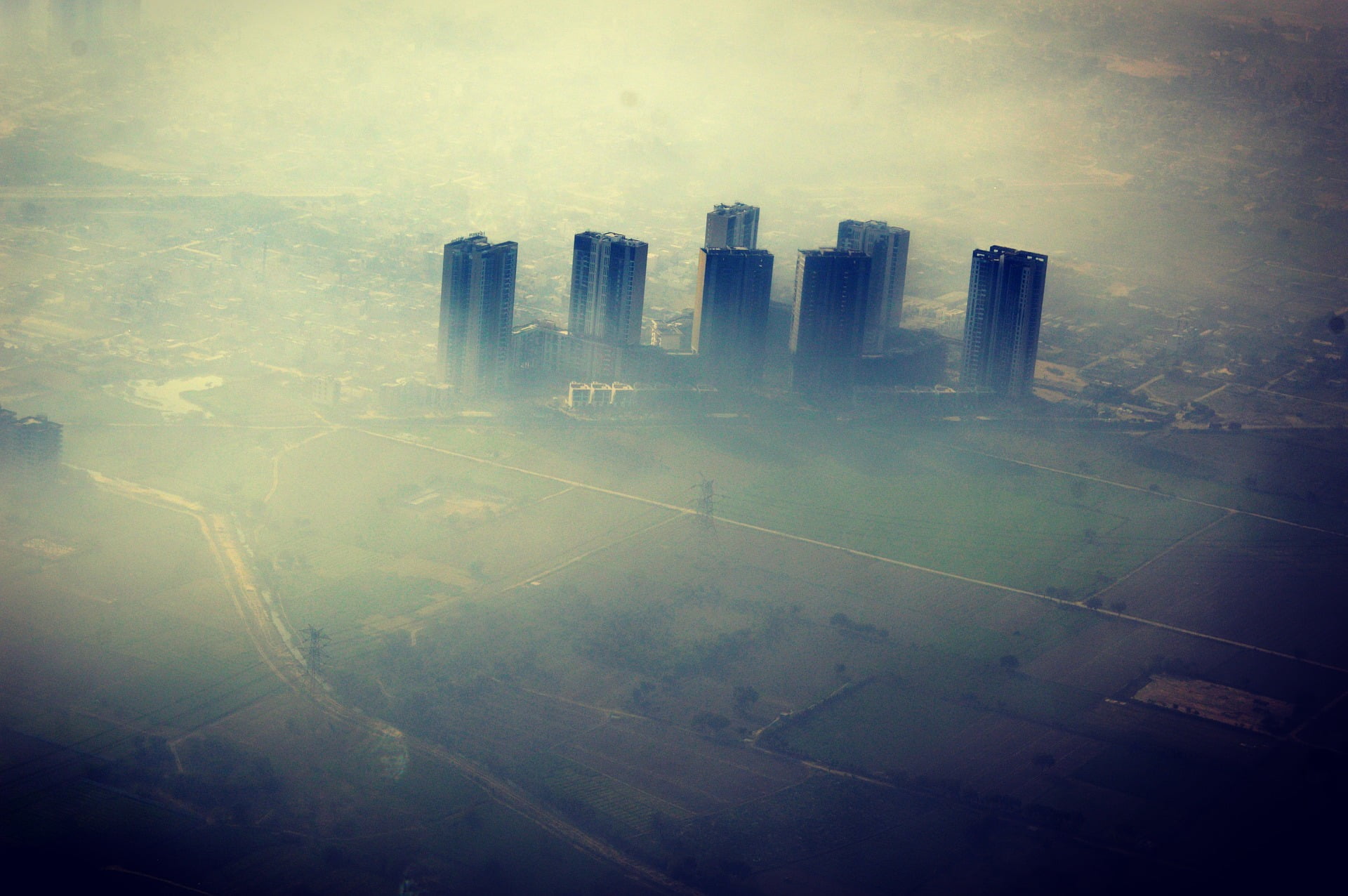When we think of manmade disasters, a list of biological disasters forms in our minds. Anthrax scare. Groundwater contamination by chemicals. Fires. Oil spills. Nuclear explosions. Terrorism. Atomic explosion. Industrial accidents. Gas leaks. However, we think it is high time to update the list. After all, the Indian Medical Association (IMA) declared a public health emergency in Delhi as a result of the worsening smog.
Smog consists primarily of particulate matter (PM). Delhi’s air now has both PM2.5 and PM 10. The PM10 in Delhi’s air has recently increased by almost 10 times. Each grain of PM10 is 10 micrometers or less in diameter. These particles are finer than human hair, practically invisible. And that makes it one of the biggest dangers to our health.
Let us look at some of the dangers posed by air pollution on our health.
Respiratory disorders
It has been said that breathing Delhi’s air is equal to smoking nearly 50 cigarettes a day. As winter sets in, and with it the smog, there is a sharp increase in cases of cough, cold, pneumonia, and sinusitis. People face difficulty in breathing as well as eye and skin irritation. High levels of fine particulate matter in the air irritate the respiratory system. Even after the irritation subsides, the harmful particles continue to affect our lungs. Smog is fatal for asthma patients, triggering terrible attacks.
There are also several carcinogenic (cancer-causing) elements present in smog which may cause lung cancer. Some studies say that exposure to particulate matter may even cause cancer in the kidneys, bladder, retina, and blood.
According to the IMA, children are more prone to the harmful effects of air pollution. Their lungs are still in the growing stage and breathing polluted air could affect their growth. Polluted air is also capable of causing inflamed breathing passages which decreases the lungs’ working capacity. Inflammation of lung tissues may also result in chest pain.
Premature birth
In South Asia most preterm births are associated with air pollution. PM2.5 is specifically hazardous for pregnant mothers. The tiny particles reach deep into the lungs and often causes preterm birth and low weight of the baby at birth. According to the World Health Organisation (WHO), preterm births are a leading cause of infant mortality. A premature birth, in turn, increases the risk of diabetes, asthma, and cardiovascular diseases. Miscarriages, neural birth defects, and stillbirths are also possible when the expectant mother is exposed to toxic air.
Immune system
Why do we suffer from so many ailments during the smog season? It is because our body finds it difficult to defend itself against the harmful effects of smog. The ground level ozone reduces the immune system’s ability to fight off bacterial infections. Poor air quality results in immune system dysfunction.
Vitamin D deficiency
Delhi has seen a sudden spike in Vitamin D deficiency cases. Some people argue that it remains sunny more than half of the year in the city. So people cannot possibly have the deficiency. What needs to be understood is the fact that excessive pollution creates a blanket in the atmosphere that prevents UVB rays to reach us. These rays are what help our bodies manufacture Vitamin D. Lack of UVB rays reduces the body’s capacity to naturally produce the essential vitamin. Vitamin D is crucial as it regulates the immune response. Second, it is also important for our bones.
Premature death
According to a Union Ministry report, Delhi witnessed a 66% increase in deaths due to respiratory disorders between 2014–16. In 2016, there were a whopping 9,149 respiratory deaths. And with the air quality deteriorating with every passing year, the situation is likely to worsen. Air pollution is also linked to other disorders related to the central nervous system.
Protecting yourself
The smog is here to stay. Meanwhile, we can take some precautions and follow certain measures to remain healthy.
An ample amount of Vitamin C intake will do wonders for your body in combating pollution. Vitamin C is an antioxidant and can be easily found in lemon, amla, guava, cabbage, and drumsticks. Turmeric, too, acts as an antioxidant that shields the lungs from the toxic effects of pollution. Jaggery, ginger, and tulsi are known for curing respiratory disorders. In fact, jaggery has the ability to flush out pollutants from our lungs.
Eating leafy vegetables like spinach and lettuce, which contain beta carotene, play a crucial role in inflammation control. Walnuts, kidney beans, and Bengal gram will fulfil your requirement for Omega 3 fats that keep your heart healthy.
There are also other precautions to be taken. The IMA has advised people to limit their outdoor activities and avoid strenuous exercise in smog season. Certain plants like ivy and aloe vera help to cleanse the air around them. Pollution masks are also effective in reducing the ill effects of air pollution. Experts advise the usage of N95 and N99 masks. Both are known to block out particulate matter of 0.3 microns diameter or less.
Contrary to popular belief, air pollution levels are highest early in the morning. If you practice yoga or exercise in the morning, avoid doing it outdoors.
In Part 3, we will explore what the concerned authorities have been doing about this issue. We will talk about the policies that have been made to counter air pollution and will see how they are being implemented (or not).




